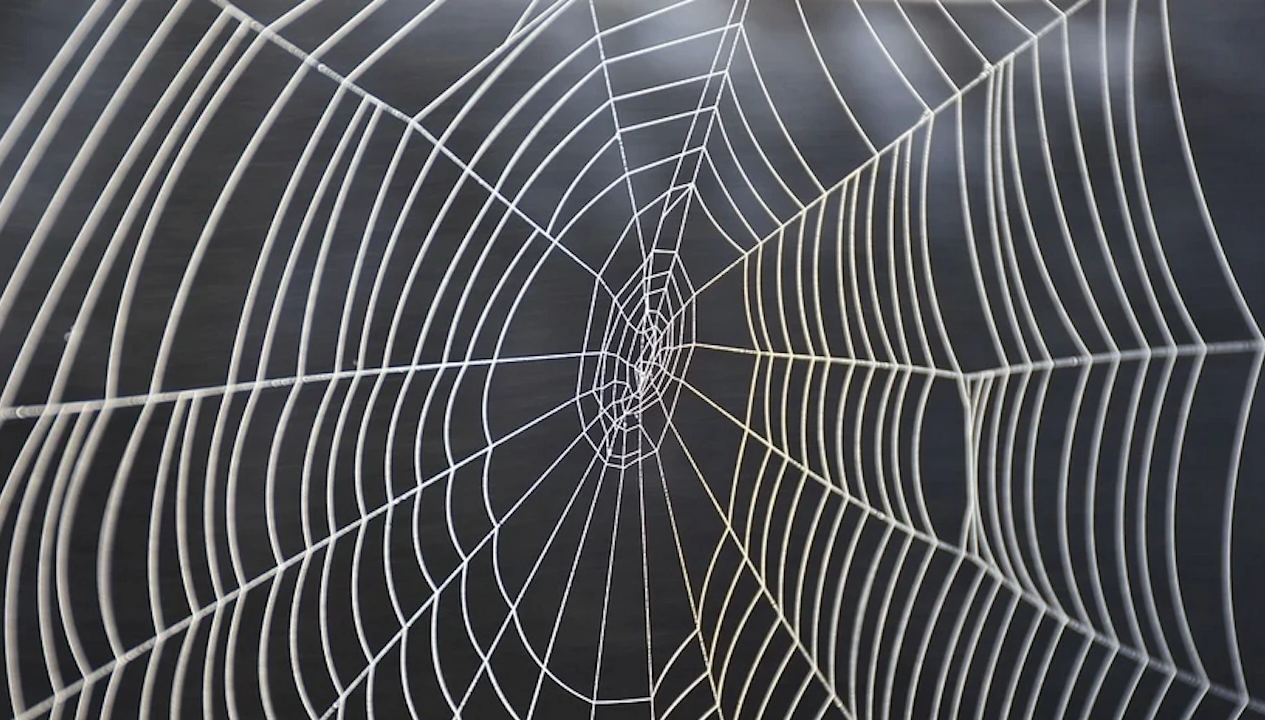Scientists from Karl von Osicki University in Oldenburg, Germany confirm the assumption that the web in the city is an indicator of the level of microplastics in the air, writes the journal “Science of the Total Environment”.
For the purpose of research, experts collected a web from bus stops in Oldenburg. To compare and expand the scope of the analysis, they took samples from bus stops on the way out of the city center, in the suburbs and in the residential area.
The scientists then dissolved the samples, cleaning them of cobweb proteins, and then filtering them with fiberglass. Filtration revealed a large amount of transparent textile fibers and black particles from worn tires.
Using pyrolysis gas chromato-mass spectrometry, the experts determined the mass of microplastic particles in each of the samples. The figures ranged from 11.4 micrograms to 107.9 micrograms per milligram of cobweb.
The main sources of microplastic particles were road markings, tires and synthetic fabrics. Fragments of worn tires were the most common, up to 80% in some samples.

